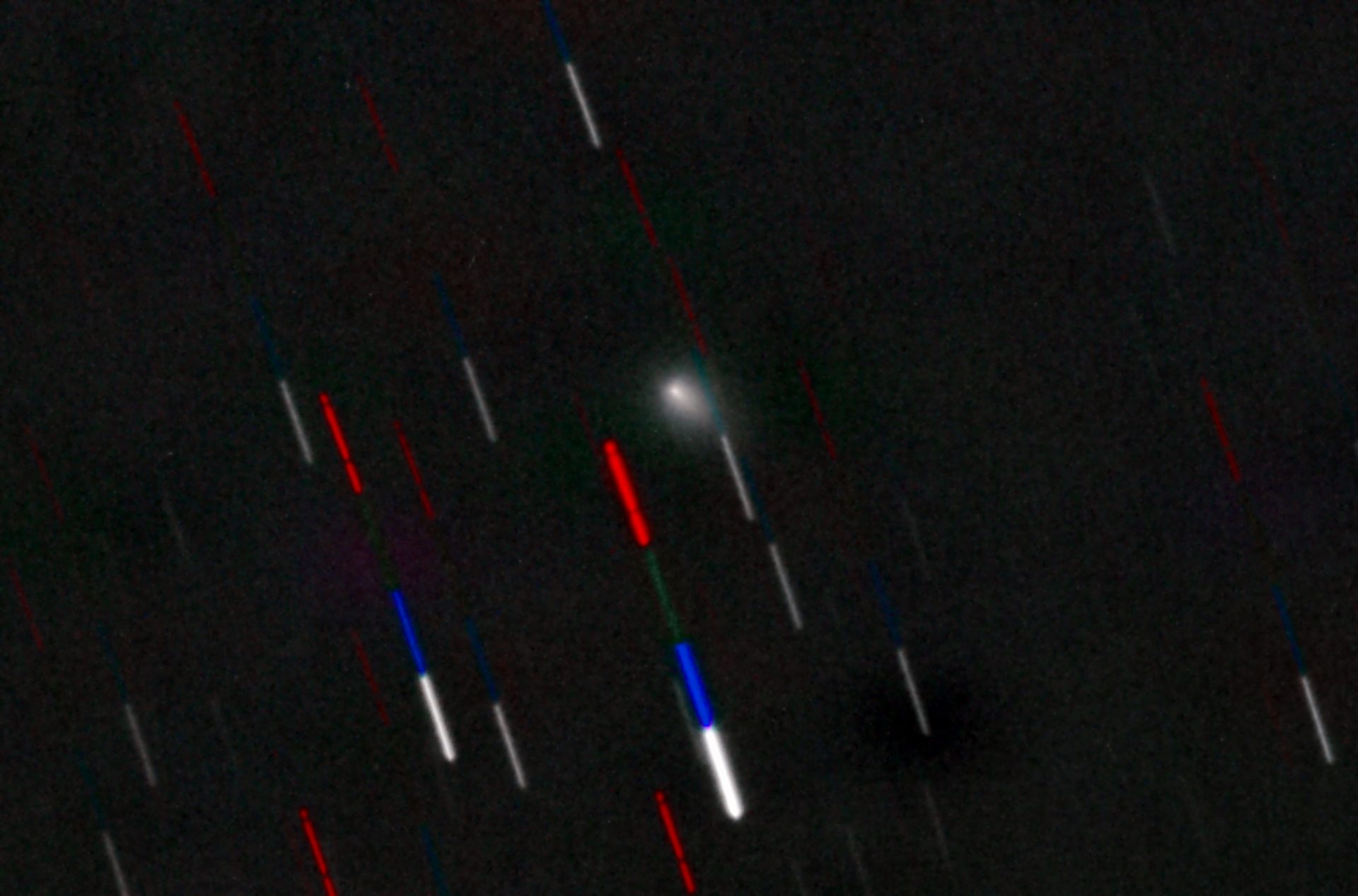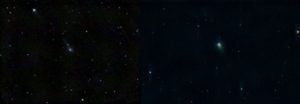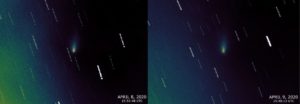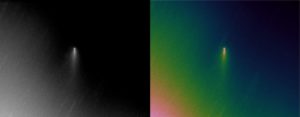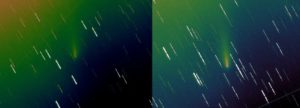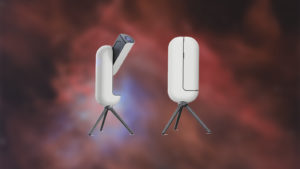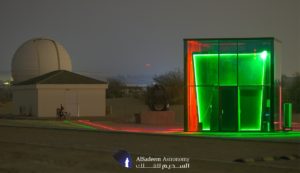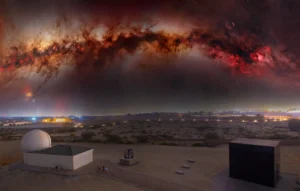Seeing a comet with one’s own eyes is a phenomenal experience no one would want to miss in their lifetimes.
So when the C/2019 Y4 (ATLAS) was discovered on December 28, 2019, astronomy experts and enthusiasts turned their heads to the cosmic spectacle and kept an eye on it since.
Apparently, the comet—discovered from the Asteroid Terrestrial-impact Last Alert System (ATLAS) survey atop Mauna Loa, Hawaii—will be bright enough for everyone to see, so bright that some even hyped on social media that Comet ATLAS might even rival Venus or even the moon with its brightness!
Comet ATLAS’ closest approach on our planet has already been projected—on May 23—and the perihelion, or the comet’s closest approach to the Sun, is on May 31.
Its orbit is near-parabolic, meaning it’s a comet with a “very high eccentricity (generally 0.99 or higher) and a period of over 1,000 years” that doesn’t have the right velocity to escape the Solar System.
Some experts say Comet ATLAS’ orbit is similar to the famous Great Comet of 1844, leading them to speculate that the two may be pieces of what was once a larger comet.
We did not let the chance pass to observe the object, which was touted as “the brightest comet” in 2020.
Amid the coronavirus pandemic—and since we’ve already been isolated from the rest of the Abu Dhabi city, we started monitoring C/2019 Y4 (ATLAS) on March 16, 2020. Our first two sessions (March 16 and 19) revealed its bright consolidated coma at magnitude +13.1 to +13.2.
But just this April, the chances of seeing Comet Atlas with the naked eye got dim. Experts have found that C/2019 Y4 (ATLAS) is quickly losing its luster.
On April 6, the news broke out of its disintegration on the Astronomers Telegram.
“[C/2019 Y4 (ATLAS)]showed an elongated pseudo-nucleus measuring about 3 arcsec in length and aligned with the axis of the tail, a morphology consistent with a sudden decline or cessation of dust production, as would be expected from a major disruption of the nucleus,” the astronomers behind the report said.
True enough, when Al Sadeem observed Comet ATLAS on April 8 and 9, it has dimmed from +13.6 to +14.1. Other observatories from around the world watching the comet shared the same observation.
The apparent fragmentation became more evident on April 14when we imaged the comet again, dimming further to +14.2 and +14.3. “Further observations last April 16-17, 2020 also revealed few more fragments breaking up from the comet slightly resolved while it continues to dim at +14.4-+14.6.”
The comet is falling apart because of outgassing, which resulted in an increase in the centrifugal force acting on the comet.
C/2019 Y4 (ATLAS) stacked (BW) and false-color images taken on April 14, 2020, revealing the comet’s fragmentation. (Credit: Aldrin B. Gabuya/Al Sadeem Astronomy)
Where to look for C/2019 Y4 (ATLAS)
If you wish to see the comet before it ends its voyage in space—and if you have the equipment to do so—look for Comet ATLAS in the constellation of Camelopardalis. The ideal time would be from 7:15 PM until 9:30 PM (UAE time). To help you locate it with more precision, you can check out the real-time comet’s coordinates (ephemerides) on this link.
Knowing the behavior of the comets, C/2019 Y4 (ATLAS)’s fate shouldn’t have come as a surprise. Even well-known comet expert John Bortlebelieved that ATLAS could be “several magnitudes fainter than we currently assume it to be and may or may not, be large enough to survive perihelion passage.”
Whatever happens to the bright Comet ATLAS is still uncertain, but we’ll make sure you’ll not be kept in the dark. Stay tuned on our social media channels (Facebook, Instagram, and Twitter). Until then, clear skies and… stay home, stay safe!
Observations were conducted by Al Sadeem Observatory’s resident astronomer Aldrin B. Gabuya using GSO 8” Ritchey-Chreteinmouted on Skywatcher EQ6 pro mount, ZWO1600MC-cool CMOS camera, Meade LX850 16” SCT mounted on Skywatcher EQ8 Pro mount, and SBIG STT-8300MM CCD camera.
Our astrometry and photometric measurements were submitted to the Minor Planet Center (MPC) under the observatory code M43 which can be viewed here and here.
REFERENCES/FURTHER READING
https://en.wikipedia.org/wiki/C/2019_Y4_(ATLAS)#cite_note-ATEL13620-4
http://www.astronomerstelegram.org/?read=13629
https://www.space.com/comet-atlas-falling-apart-photos.html
https://earthsky.org/space/how-to-see-bright-comet-c-2019-y4-atlas

